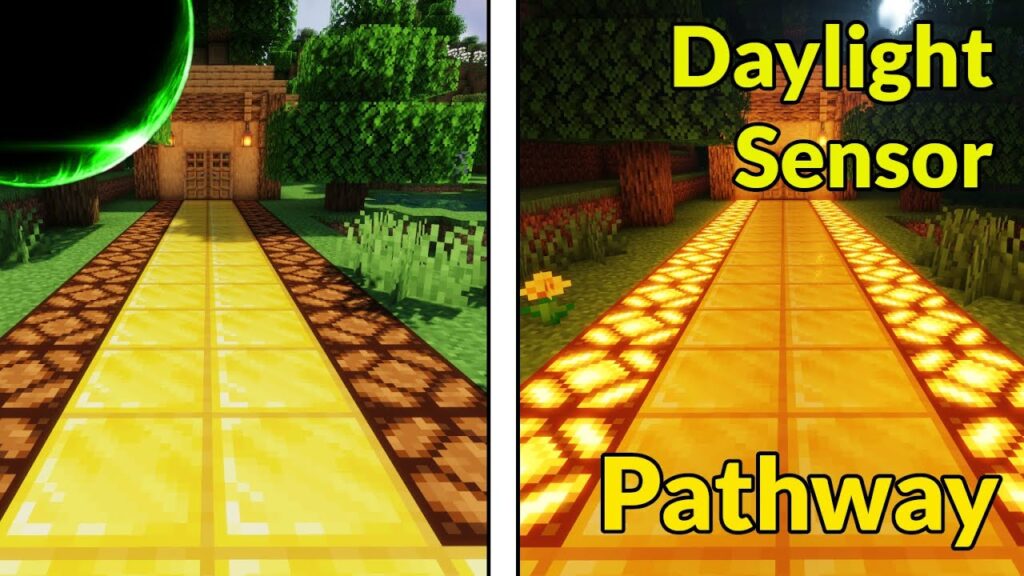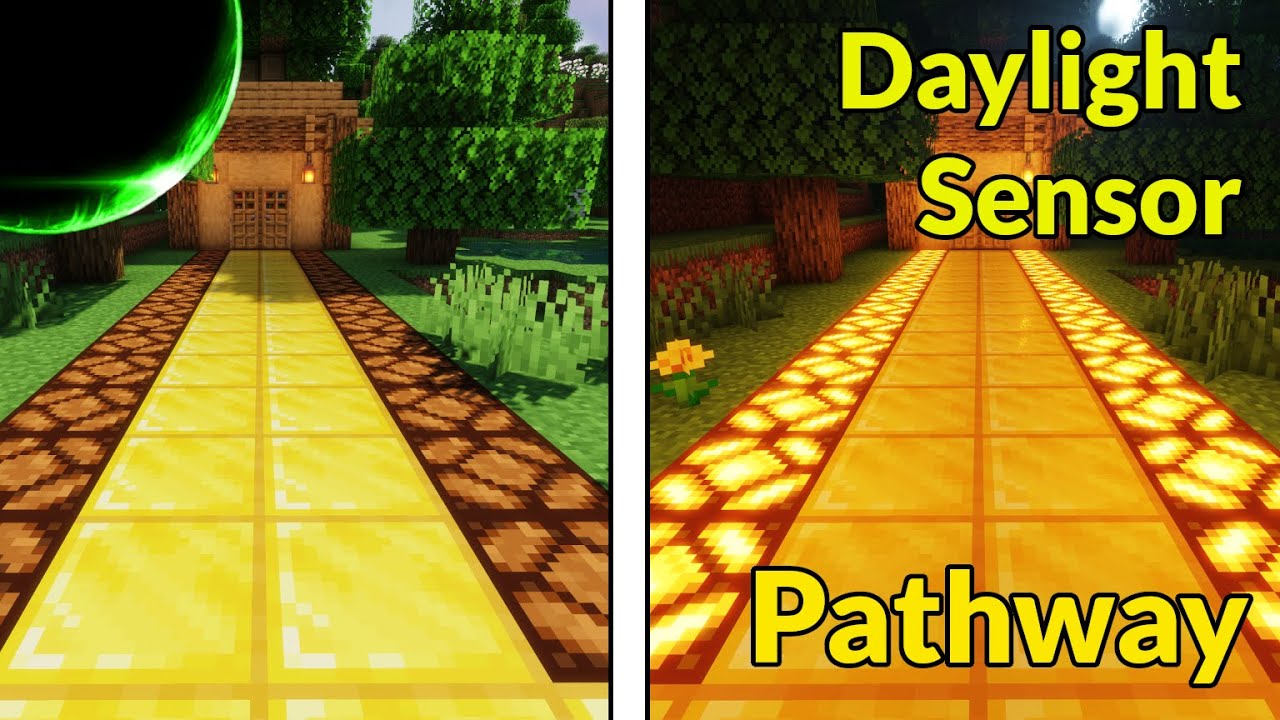
Illuminating Efficiency: The Comprehensive Guide to Daylight Detectors
In an era increasingly focused on sustainability and energy conservation, the utilization of natural light has become paramount. Central to this effort are daylight detectors, sophisticated devices designed to optimize artificial lighting based on the availability of natural light. This comprehensive guide delves into the intricacies of daylight detectors, exploring their functionality, benefits, applications, and future trends. Understanding how these devices work and the advantages they offer is crucial for businesses, homeowners, and anyone seeking to reduce their environmental footprint and energy costs.
What are Daylight Detectors?
Daylight detectors, also known as light sensors or photocells, are electronic components that measure the amount of ambient light present in a given environment. These detectors then transmit this information to a lighting control system, which adjusts the intensity of artificial lights accordingly. The primary goal is to maintain a consistent level of illumination while minimizing energy consumption. By dimming or turning off artificial lights when sufficient daylight is available, daylight detectors contribute significantly to energy savings and reduce reliance on non-renewable energy sources.
Types of Daylight Detectors
Several types of daylight detectors are available, each suited for different applications and environments:
- Photocells: These are the most basic type, typically used outdoors to control streetlights or parking lot lighting. They detect the presence of light and switch the lights on or off based on a pre-set threshold.
- Photosensors: More sophisticated than photocells, photosensors provide a continuous reading of light levels. They are often integrated into dimming systems to fine-tune artificial lighting based on the amount of available daylight.
- Closed-Loop Sensors: These sensors measure the light level at the work surface. They are placed in the area where light is needed and make adjustments accordingly. This ensures the correct amount of light is maintained at the task location.
- Open-Loop Sensors: These sensors measure the amount of light coming through windows. These are useful for controlling lights in larger spaces.
How Daylight Detectors Work
The functionality of a daylight detector hinges on its ability to accurately measure light intensity. The detector typically contains a photosensitive element that generates an electrical signal proportional to the amount of light it receives. This signal is then processed by an electronic circuit, which transmits the information to a lighting control system. The control system, in turn, adjusts the output of the artificial lights to maintain a desired level of illumination.
The specific mechanism by which a daylight detector operates can vary depending on its type and design. Some detectors use a simple on/off switch, while others employ more complex dimming algorithms to achieve precise control over lighting levels. Regardless of the specific mechanism, the underlying principle remains the same: to optimize artificial lighting based on the availability of natural light.
Benefits of Using Daylight Detectors
The adoption of daylight detectors offers a multitude of benefits, spanning from energy savings to improved occupant well-being:
- Energy Savings: The most significant benefit is the reduction in energy consumption. By dimming or turning off artificial lights when sufficient daylight is available, daylight detectors can substantially lower electricity bills.
- Cost Reduction: Lower energy consumption translates directly into reduced operating costs for businesses and homeowners. The initial investment in daylight detectors is often recouped within a relatively short period through energy savings.
- Environmental Sustainability: By reducing reliance on artificial lighting, daylight detectors contribute to a smaller carbon footprint. This aligns with broader sustainability goals and helps mitigate the environmental impact of energy consumption.
- Improved Occupant Well-being: Studies have shown that exposure to natural light can improve mood, productivity, and overall well-being. Daylight detectors help maximize the use of natural light, creating a more pleasant and healthy indoor environment.
- Extended Lighting System Lifespan: By reducing the operating hours of artificial lights, daylight detectors can extend the lifespan of bulbs and fixtures. This reduces maintenance costs and the need for frequent replacements.
Applications of Daylight Detectors
Daylight detectors find applications in a wide range of settings, including:
- Commercial Buildings: Offices, retail stores, and other commercial spaces can benefit significantly from the energy savings and improved occupant well-being that daylight detectors offer.
- Educational Institutions: Schools and universities can use daylight detectors to create more conducive learning environments while reducing energy costs.
- Industrial Facilities: Warehouses and factories can optimize lighting levels and reduce energy consumption through the implementation of daylight detectors.
- Residential Buildings: Homes can be equipped with daylight detectors to reduce energy bills and create a more comfortable living environment.
- Public Lighting: Streetlights and parking lot lighting can be controlled by daylight detectors to ensure that lights are only on when needed.
Installation and Maintenance
The installation of daylight detectors typically involves mounting the sensor in a location where it can accurately measure ambient light levels. The sensor is then connected to a lighting control system, which is programmed to adjust the artificial lights based on the sensor’s readings. It’s crucial to choose the correct type of daylight detector for the specific application and to properly calibrate the system to ensure optimal performance.
Maintenance requirements for daylight detectors are generally minimal. Regular cleaning of the sensor’s surface may be necessary to ensure accurate readings. Additionally, periodic calibration may be required to maintain optimal performance over time. Consulting with a qualified lighting professional can help ensure proper installation and maintenance of daylight detectors.
Future Trends in Daylight Detection
The field of daylight detection is constantly evolving, with ongoing research and development focused on improving the accuracy, efficiency, and integration of these devices. Some notable trends include:
- Advanced Sensor Technologies: New sensor technologies are being developed to provide more accurate and reliable measurements of light levels. These technologies may incorporate spectral analysis to distinguish between different types of light and improve the performance of daylight detectors in complex lighting environments.
- Wireless Integration: Wireless daylight detectors are becoming increasingly popular, offering greater flexibility and ease of installation. These devices can be integrated into smart building systems, allowing for centralized control and monitoring of lighting levels.
- Artificial Intelligence (AI): AI algorithms are being used to optimize the performance of daylight detectors. These algorithms can learn from historical data and adapt to changing lighting conditions to maximize energy savings and improve occupant comfort.
- Integration with Building Management Systems (BMS): Daylight detectors are increasingly being integrated with BMS, providing a holistic approach to energy management and building automation. This integration allows for seamless control of lighting, HVAC, and other building systems.
Choosing the Right Daylight Detector
Selecting the appropriate daylight detector depends on several factors, including the specific application, the size and layout of the space, and the desired level of control. Consider the following when making your selection:
- Type of Sensor: Choose the type of sensor that is best suited for your needs. Photocells are suitable for simple on/off control, while photosensors are better for dimming applications.
- Placement: Determine the optimal placement of the sensor to ensure accurate measurement of ambient light levels. Consider factors such as window orientation, shading, and the location of work surfaces.
- Control System Compatibility: Ensure that the daylight detector is compatible with your existing lighting control system.
- Calibration: Choose a daylight detector that can be easily calibrated to ensure optimal performance.
- Cost: Compare the costs of different daylight detectors and consider the long-term energy savings when making your decision.
Daylight detectors are an essential component of sustainable building design and energy management. By optimizing the use of natural light and reducing reliance on artificial lighting, these devices offer significant energy savings, cost reductions, and environmental benefits. As technology continues to advance, daylight detectors are poised to play an even greater role in creating more efficient, comfortable, and sustainable environments. [See also: Smart Lighting Systems] [See also: Energy Efficient Buildings]
Conclusion
In conclusion, daylight detectors represent a powerful tool for optimizing lighting in various settings. Their ability to intelligently manage artificial light based on the availability of natural light contributes significantly to energy conservation, cost savings, and enhanced occupant well-being. As the world continues to prioritize sustainability, the adoption of daylight detectors will undoubtedly become more widespread, paving the way for a brighter and more energy-efficient future.

